Congratulations. You’ve decided to work with a financial professional to help improve your financial situation. How do you find a good one? Unfortunately, that’s harder than it sounds. There is a huge barrier between people seeking good financial advice and professionals offering it. Advisors can be found in the yellow pages (Millennials, you might have to Google that), on various online sites, by answering incoming phone calls, by asking your friends and neighbors, or any number of other ways. Personally, I believe a referral or introduction from an existing client is the best way, but that could be another entire article. Here are some suggested questions you should ask a prospective advisor.
- Start by asking yourself what kind of help you think you want and/or need
Are you just seeking help with your investments? How about someone who will be the “quarterback” of your entire team of professionals (tax preparer, estate attorney, bookkeeper, banker, investment manager, etc.)? Are you looking for someone who simply suggests things for you to go do by yourself (what I call the “travel agent” model), or someone who will give you advice and then help you carry it out (what I call the “Sherpa” model)?
The answers to these questions will determine what kind of professional to seek out. I know some of you are thinking, “Wait—aren’t they all the same?” Trust me; the answer is an emphatic “NO”! One of the best ways to determine what type of professional someone is, is by asking about their credentials.
- What are your credentials and what do they mean?
Anyone can call themselves a financial advisor. A stockbroker, a life insurance agent, a mutual fund sales rep, an annuity salesperson, a banker, a mortgage broker. Seriously, there are no rules for the title Financial Advisor. The title Financial Planner, on the other hand, has very definitive rules. There are only two kinds of people who can legally call themselves a planner. One group took classes, passed some exams given by an industry group, and received the Certified Financial Planner (CFP®) designation. The other group took classes, passed some exams by a governmental group, and received their Series 65 or Series 66 registration. These folks are called Registered Financial Planners, although that moniker hasn’t caught on yet the same way the CFP® has. Both of these groups can legally charge you a fee for giving you advice.
You might also encounter professionals who received a Series 6 registration (this allows them to sell you a mutual fund) and/or their Series 7 registration (commonly called the stockbroker license). You will also encounter people who have some combination of these.
Someone who only has a CFP® can give you advice but can’t help you execute it. These are the “travel agents” I referred to. This might be a good choice if you want to pay for advice but then go do everything yourself. Another example might be people who hire a personal trainer at the gym one time to teach them the right exercises to do; then they go do them by themselves.
Someone who only has a Series 6 or 7 registration can sell you products for a commission, but they can’t give you any advice. Let’s call them “luggage salespeople.” This might be good for people who don’t want professional advice, make their own decisions, and simply need to buy financial products in a transactional relationship with a salesperson.
Someone who has their Series 65/66, or has their Series 6/7 and 65/66, or who has their CFP® and Series 6/7 and/or 65/66 can perform the “Sherpa” function of going on the journey with you and helping you implement the advice. These are good choices for someone who recognizes the value of professional advice and knows they need a little extra help with actually getting things done (or want that extra accountability). Think people who hire a personal trainer at the gym and see them week after week. In my experience, clients of these professionals make the most consistent progress toward their long-term goals.
- How will I be charged? How do you get compensated?
Sometimes those are the same question and sometimes not. Does the professional make a commission when you buy a product? If so, how much is it? Do they charge an hourly fee, a monthly fee, or a one-time flat fee? Is the professional paid a fee based on the size of your invested assets? What is that fee?
If you are buying products, are there any fees built into the products themselves? How much? Are the fees for the product clearly spelled out or are they buried internally?
Will ALL of your fees be clearly itemized on your statements? Ask to see an example.
- What services do you provide?
This should line up with your answers to Question #1. Don’t make any assumptions here. Make sure the service you are seeking is actually provided by the professional you are interviewing. The professional might want to sound like they can do everything for you. For example, a stockbroker can open an IRA for you, but that’s not the same thing as doing retirement planning for you. Be clear.
- Are you a Fiduciary?
Due to a recent regulatory change, this is the new industry buzzword. There are multiple standards of care in the financial services industry. One is the “suitability” standard. Professionals who do not give advice are held to this standard. They need to show that the product is appropriate for someone in your situation, but they don’t have to disclose their compensation or prove that the product they recommended is actually in your best interest. If there were two products that both accomplished the same thing, but one resulted in the professional receiving higher compensation, the professional doesn’t have to tell you that.
The other standard is the “best interest” standard. People held to this standard are fiduciaries. They must always act in the client’s best interest. If they sell you a product, they must demonstrate that it is in your best interest rather than their own.
Conclusion
I’m a Sherpa, so I naturally believe that’s a better choice for most people seeking professional help with their finances. My fees are very clear and, they appear right on the statement or contract signed by the client. I think hidden fees should be avoided at almost any cost. My clients hire me on an annual basis to be their DecisionCoach. I give them advice, I help them make better financial decisions over time, and I help them implement the advice. Depending on the client, I might be helping with organization, cash flow, investment management, budgeting, retirement planning, college planning, income planning, tax mitigation, asset protection, insurance, advanced medical expense planning, estate planning, and much more. Are you looking for a professional like me?


